Eugen Systems is a veteran developer with many years of experience in one special game niche: realistic military strategy. Its Wargame series successfully introduced the winning formula almost 10 years ago. And it has been greatly refined in the sequel to Steel Division: Normandy 44, titled Steel Division 2.
Steel Division 2 is not your typical strategy game; it doesn’t require players that players build bases and produce troops and vehicles. Here, everything is focused entirely on realistic combat mechanics. As such, the in-game economy is merely based on activation points that allow players to deploy certain types of troops during one of the three main battle phases.
If you don’t care about the lack of a typical economy, and the idea of concentrating entirely on creating the best set of troops for battle excites you, then keep reading our review of Steel Division 2.
It’s All About Proper Deck Building
Set in 1944 on World War II’s Eastern Front during Operation Bagration, there are three countries in Steel Division 2: Germany, Soviet Union, and Hungary.
The entire game is divided into two main components: deck building and actual battles. Decks consist of eight different groups, which can be recruited according to your division and the number of activation points available to your units.
Both limit your possibilities in the early game, but the more points you get for winning battles, the better decks and battlegroups you can create. In any case, players need to sacrifice certain units for others in order to increase the power level of the entire division.
For example, you can have better infantry and tanks, but you will have much weaker artillery or no such group at all. The challenge lies in finding the right balance between units and focusing on the strong sides of your battlegroups.
After creating the best deck possible, there is an option to test your battlegroup against A.I., which can really help in understanding which parts of your deck are too weak and need to be reworked. Obviously, it’s best to do this before entering online multiplayer, where a weak or poorly built deck can get quickly obliterated.
Since Steel Division 2 revolves around deck building, the game continuously ups the ante. After struggling through several battles, you’ll quickly notice the difficulty ratchets up. Here, it’s possible to feel like the grind is endless; every battle exposes new weakness in your deck and keeps you pushing toward perfection with each new match-up.
However, this system is a natural progression for the series.
Many players who had the chance to try out Normandy 44 were not too happy that one could play a single, universal deck, which made the gameplay boring rather quickly. As a result, Eugen Systems really took the deck building forward this time around and provided players with a massive number of possible outcomes.
New Mode and Gameplay Mechanics
Some of the mechanics from Normandy 44 game have also been reinvented, while some of the features are completely new, such as the new Army General mode.
This new mode replaces the classic linear campaign from Normandy 44, and it takes place during one of the four key military operations in Belarus during the summer of 1944. Players can choose to play either as the German or Soviet armies, where Germany seems to be a tad overpowered.
The Army General mode allows players to control a large number of units on the tactical map. Each of the stages involves an achievement for a specific objective, such as capturing and holding a certain position. This new mode really feels like you’re playing a grand strategy game, where tanks can shoot as far as 2km and artillery shells can reach up to 3km.
Regardless of the modes you choose to play, the game will require you to learn everything on your own. This means that Steel Division 2 is not a casual game in the slightest, but instead one marketed to a specific hardcore crowd.
Pros:
- Updated graphics
- Realistic real-time warfare
- New Army General mode
- A huge number of units
Cons:
- Lack of tutorial
- Deck building needs more balance
Eugen Systems created a great follow-up to Normandy 44 by updating many gameplay elements, including graphics. However, it’s not a perfect game and still needs some balancing in the deck building department. Other than that, this is definitely one of the best military strategy games based on World War II you will ever play.
Unfortunately, new players will find it really hard to get into the game because of a complete absence of instructions. Veteran Steel Division players will have a blast playing this game, but they won’t be able to share it with newer players on the same level unless they teach those players themselves.
Currently, the game features 28 divisions, and if you buy the Season Pass, you will get even more divisions, maps, campaigns, and historically accurate scenarios.
[Note: A copy of Steel Division 2 was provided by Eugen Systems for the purpose of this review.]

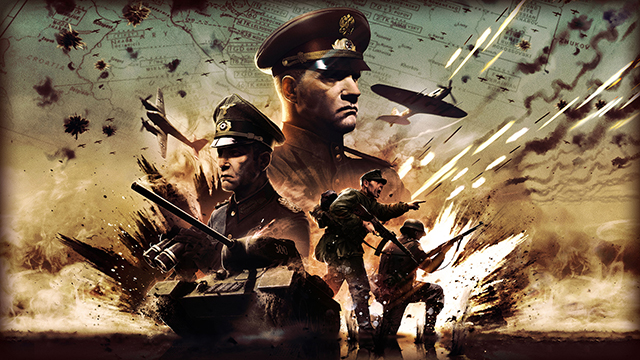
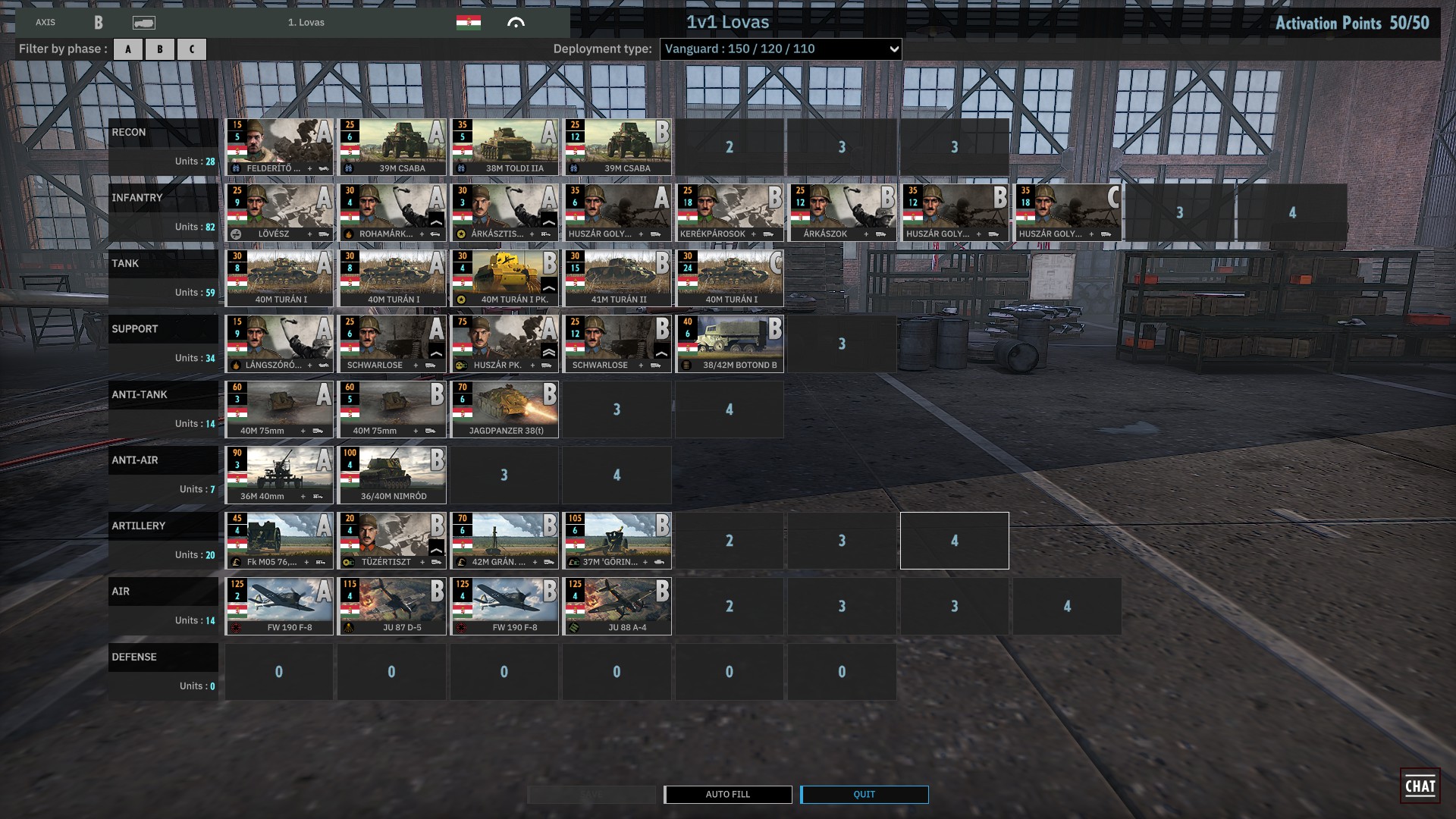
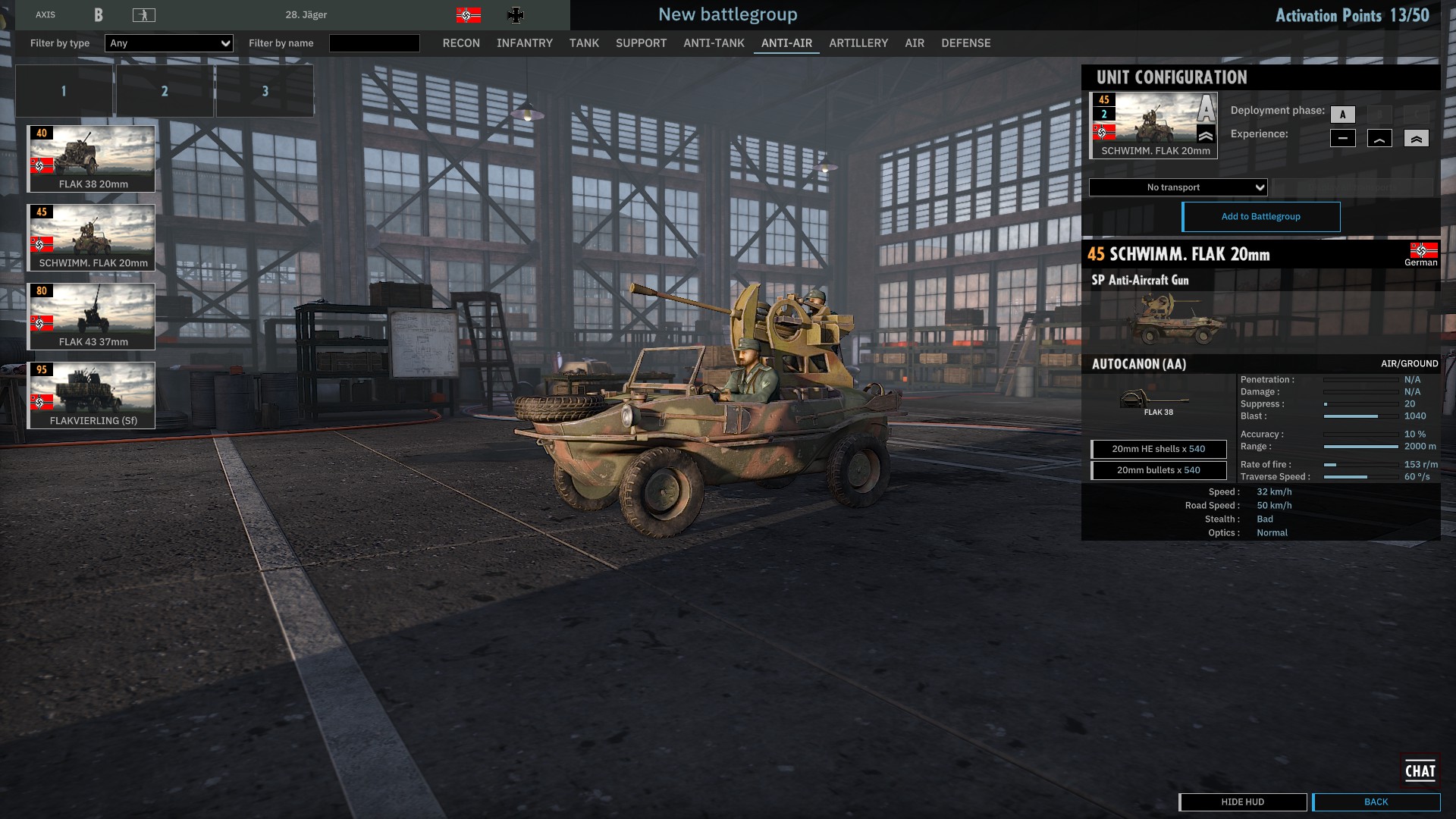
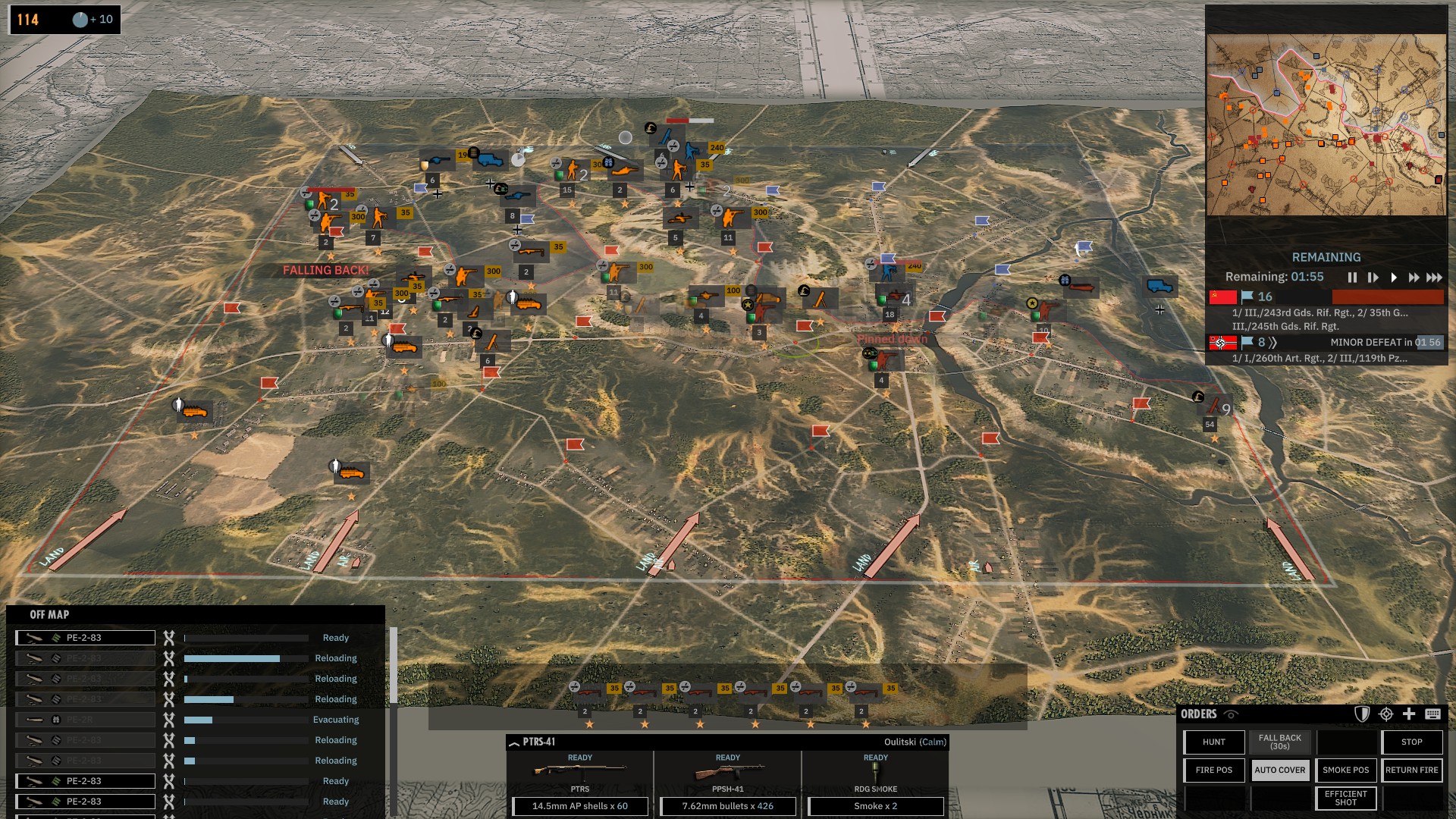





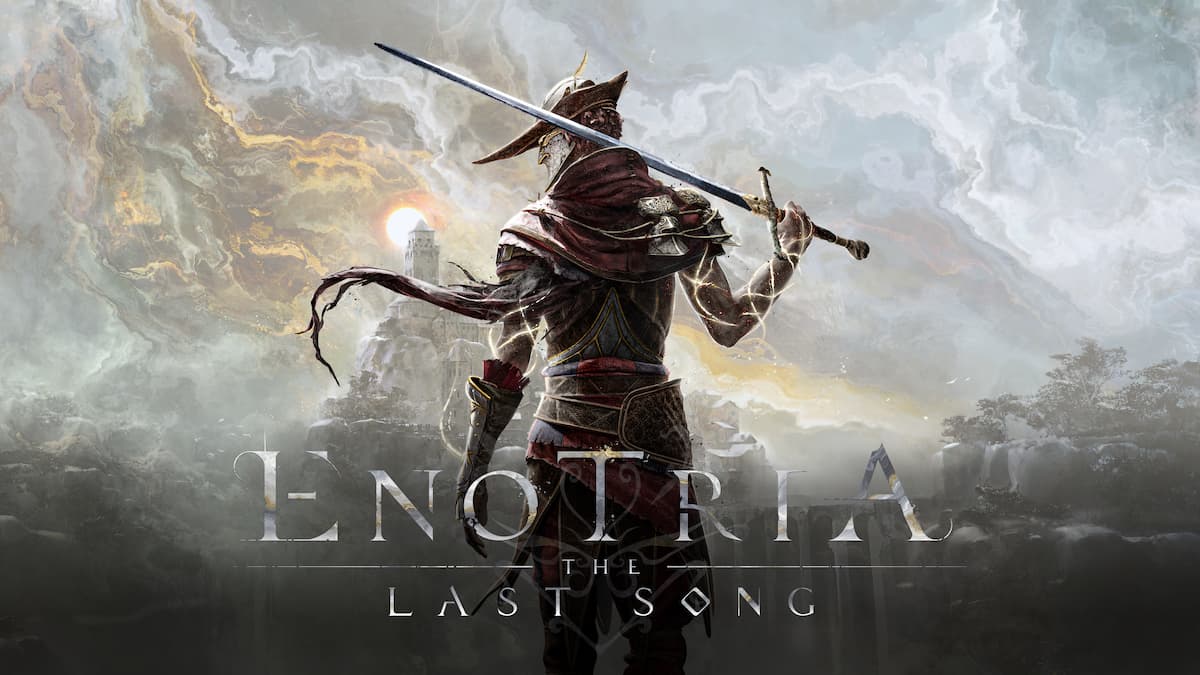
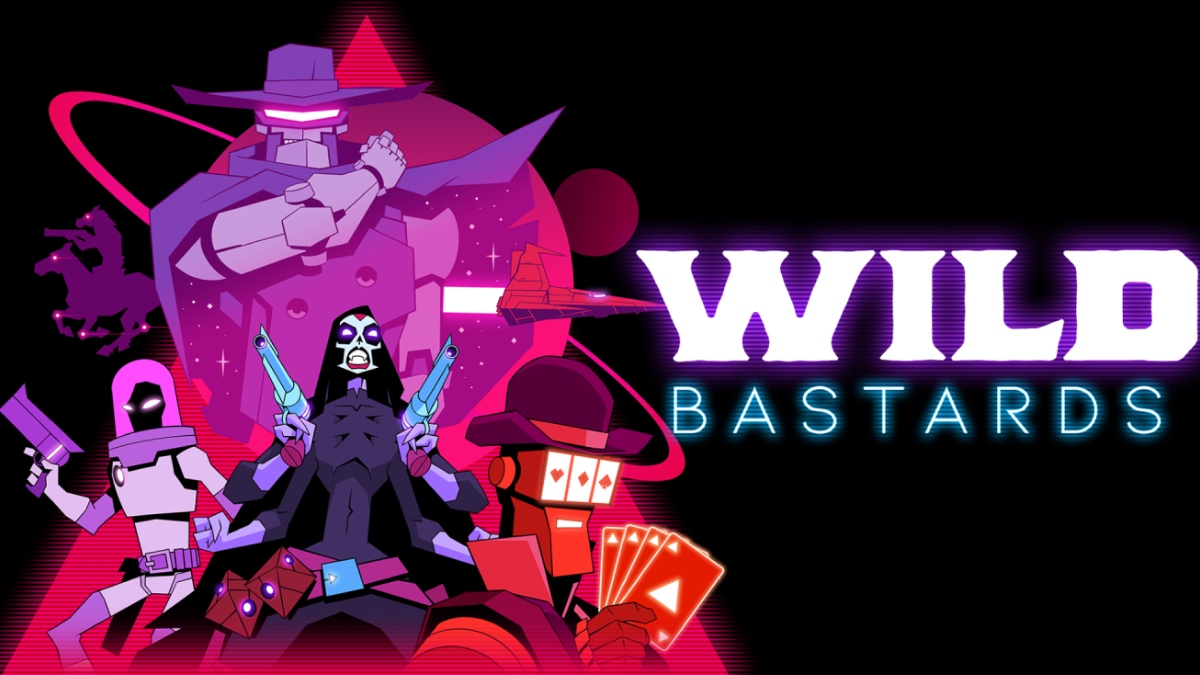

Published: Jun 26, 2019 09:36 am